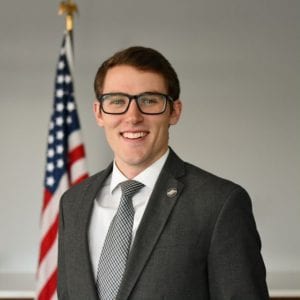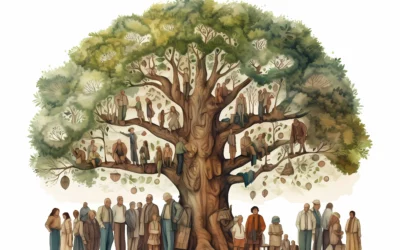
Written by Zach Schofield
March 20, 2018
Operation Rio Grande was a crucial short-term solution to a growing problem in Salt Lake City. In the long run, however, it will take impassioned private efforts, not government programs, to avoid Operation Rio Grande 2.0 next year (or in five or 10 years). We’ve seen how effective the ambulance at the bottom of the cliff can be, but let’s not miss this chance to build guardrails at the top.
Take prison recidivism, for example. Seventy-seven percent of drug offenders are arrested again within five years of release, according to a recent study cited by a CBS news report. This revolving door in and out of prison makes it difficult for offenders to find a job, a house and move on with life. They often wind up on the street, sparking a downward spiral of drug abuse and jail time that ends with a broken life. The criminal justice system is simply not organized to do much more than cuff people and lock them up. Thankfully, private organizations are stepping in.
On the corner of 700 East and 100 South, The Other Side Academy (TOSA) welcomes convicts and drug addicts who are passionate about changing their lives. This private self-help community is flipping the script on prison recidivism. The strategy it implements is modeled after Delancy Street in San Francisco. The focus for both residential life skills programs is mutual support among students. Students have found that hard work and personal responsibility not only stop the downward spiral, but launch them toward acheiving their potential. Students at the academy can receive job training, earn their GED, and perhaps most importantly, build human relationships. Ninety percent of Delancy Street graduates never see jail time again.
The heart of the model at The Other Side Academy is a series of businesses that employ the students, giving them a source of dignity and meaning while also paying for their housing, food and other needs. By keeping their 78 students (as of March 2018) out of the state prison system, they save the government a whopping $3.9 million a year. Utah needs more places like The Other Side Academy.
Yet another innovative solution to the homelessness crisis is a volunteer organization called Miracle Messages. This nonprofit reconnects homeless people with their long-lost loved ones using social media video messages.
According to the website, “To date, 90% of loved ones have received their message positively, and an astonishing 40% of reunions have lead to stable housing or living with family again.” Organizations like this can be low-cost and responsible additions to the government’s substantial efforts.
Need another example? A recent report in The Salt Lake Tribune details how Volunteers of America started a coffee shop that is entirely staffed by its young adult members who have histories of homelessness, mental illness or substance abuse. Participants receive a living wage, job training to help them prepare for future careers, and most importantly, the self-respect and hope that comes from being the captain of your own life. At Volunteers of America, it is easy to see the focus is on empowering the powerless in building skills, earning a livelihood and cementing self-respect.
These organizations understand something crucial. They understand that the humans living on the street are treasure chests of unlocked potential, complete with family, friends, hopes and dreams. They also show that while government provides a necessary and important role in solving the homelessness issue, private organizations have shown that they can be more innovative in moving lives from despair to fulfillment.
Ultimately, government may be able to stop the bleeding, but it will not heal the wound. It is these passionate individuals who will heal the wound. Government and community entities alike should empower all leaders to solve Utah’s humanitarian crisis: homelessness.
More Insights
Read More
App store regulations are necessary, constitutional, and popular
In the absence of age verification requirements, there are no limitations on what apps children or youth can download. This raises at least two significant concerns.
The (AI) doctor will see you now? Exploring the potential of artificial intelligence in healthcare
Could AI replace your doctor or simply help them better do their jobs?
How 16 Utah school districts are strengthening parental partnership through online access
Parents and schools are better education partners when schools provide parents with access to curriculum information and parents effectively utilize it to support their students.


